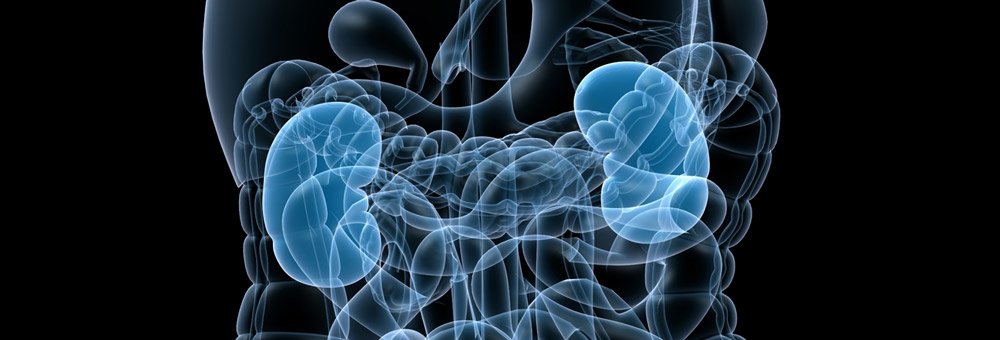
You are here: Home > Our Services > Specialised Procedures > The Management of Kidney Stones
The Management of Kidney Stones
Kidney stones cause a major and sudden impact on an increasing number of people’s lives. From the initial fear caused by the severe pain to the uncertainty of when the symptoms will resolve, patients need a clear diagnosis and subsequent comprehensive treatment to allow them to return to normal daily activities.
Who gets kidney stones?
Traditionally men of working age were most commonly affected by kidney stones. However, it is increasingly common for women to also be affected. In addition, those with maturity onset diabetes and those with a higher body mass index (BMI) may also be more at risk. Kidney stones may run in families and occasionally a genetic cause is found particularly in younger patients. Finally patients who have had stones are have 30-50% chance of recurrence within 5 years.
What is the impact of kidney stones?
Clinically severe pain, infection and kidney damage can occur. However, the economic burden also cannot be underestimated. Many patients will not be able to work or need to reduce their physical activity. There are also implications relating to insurance for travel or holidays abroad for those with kidney stones. It has been estimated that kidney stone disease costs more than 2 billion dollars in the U.S. with 30% of individuals missing work.
How are kidney stones diagnosed?
The usual clinical history of severe pain in the kidney area radiating round to the front and down towards the groin or genitals associated with either visible or microscopic blood in the urine is typical. X-rays with an intravenous injection of contrast (IVU) has been traditionally been used. Modern centres now use low dose CT scans to give 99.9% accuracy in diagnosis. The added benefit of CT is that almost all stones are visible with this imaging technique and the size, number and hardness of stones can be more easily estimated. The radiation exposure should not be more than traditional x-rays and the fact that intravenous injection of contrast is not required also reduces the risks further. In some selected patients ultrasound and even MRI can be used if radiation doses are to be reduced completely.
Figure 1:
CT scan demonstrating kidney stone in lower pole of right kidney with 3D reconstruction of urinary tract on the right.
Is surgery necessary to treat kidney stones?
Absolutely not and if surgery is advised this is nearly always endoscopic or keyhole surgery often as a day case procedure. Many patients will pass their stone spontaneously and this can be relatively well predicted if the size and location of the stone is known. Recently certain medicines have been used to increase the chance of stones passing as well as reducing the need for painkillers. In those patients who do need intervention then there are generally 3 main options.
Extracorporeal Shock Wave Lithotripsy (ESWL) - This is an outpatient treatment which employs a shock wave generated outside the body which is focused on to the stone using ultrasound or x-ray guidance. It can break stones within the body and turn them to dust or small fragments which pass in the urine. Patients do not require a general anaesthetic and treatment lasts about 30 minutes.
Figure 2:
ESWL – Shockwave generation outside of the body focused onto a kidney stone to break it into small fragments or particles which can pass in the urine.
Ureterorenoscopy and Laser Lithotripsy – This form of treatment has really developed over the last 10 years with the miniaturisation and improved flexibility of endoscopes and development of lasers which can break all types of stone no matter how hard. The flexible ureteroscope is passed along the natural urinary pathways directly inside the kidney and the flexibility of the scope allows the laser energy to be applied directly onto the stone to turn it to dust or fragments which can be removed.
Figure 3:
Modern flexible ureteroscopes allow all areas of a kidney to be explored.
Figure 4:
Laser lithotripsy. A small laser fibre (0.2mm) transmits laser energy directly onto a stone to fragment even the hardest stones.
Percutaneous keyhole surgery (PCNL) – This allows large or awkwardly positioned stones to be treated. The operation requires careful planning and experience in order to place an endoscope through the skin and muscle of the body wall directly into the kidney. A combination of ultrasound and x-ray guidance with specialist endoscopic skills is required to make this a safe and very effective treatment.
What happens after my stone has been treated?
After successful clearance of kidney stones it is important to look for any underlying causes that could mean further stones recur. Ideally at least one stone should be analysed for its composition. Infection should be ruled out and simple blood and urine tests can be performed. Further assessment of the anatomy of the urinary system may reveal abnormalities which could predispose to stone formation. For patients with recurrent or multiple stones more sophisticated blood and urine tests can be performed. Occasionally serious medical conditions may present initially with kidney stone formation and should be excluded.
Can anything be done to reduce the chance of further stones forming?
Yes. This may be dependent on the metabolic investigations but prevention tends to involve diet and fluid management as well as drug treatment which may require specific prescription medication but often simple over the counter remedies can be used.
Fluid intake should be around 2.5 litres per day to maintain urine volume of >2 litres. A healthy diet with plenty of fresh fruit and vegetables, low in salt and without excessive animal protein is advisable. Patients should not avoid calcium containing food such as dairy products as doing so may actually cause more stones to form and lead to other problems including osteoporosis.
Potassium citrate supplements may reduce recurrence but care should be taken if there is any degree of kidney damage. Citrate is also available in orange juice and lemonade.
Prescription medication may be useful for patients with high amounts of calcium in the urine or those with gout as well as those with rarer genetic causes or infection related stones.
Why have stone treatment at St Anthony's Hospital?
St Anthony's Hospital has recently invested in modern, narrower and flexible ureteroscopes in addition to a new Holmium laser. The CT scanner at St Anthony's is one of a new generation of extremely fast scanners making it possible to obtain high quality images of all parts of the body but in particular excellent cross sectional and 3D reconstructions of the kidneys. Finally, kidney stones can occasionally cause severe infection associated with a blocked kidney and therefore at these times it is important to have the support of intensive care and interventional radiology both of which are well established at St Anthony's.
Kidney stones need to be treated promptly and effectively to reduce the major impact they often cause. Mr Stephen Gordon can offer a complete and comprehensive service for the diagnosis and treatment of kidney stones. He undertakes and supervises well over 50 treatments every month for patients from across London and Surrey. Having a close relationship with his radiology colleagues ensures the appropriate imaging is performed to diagnose the underlying problem and also guide treatment. With access to all the forms of modern equipment required to treat stones, patient care is never compromised. In order to increase the safety and continuously improve the service it has proved important to work within a wider multidisciplinary team including a Biochemist, Microbiologist, Renal Physician, Radiographers and Radiologists.
Patients can see Mr Gordon in his regular clinic at St Anthony's Hospital or in an emergency he or his team can be contacted by the Hospital reception. Patients will then be able to be directed to the most appropriate point of care which may be the x-ray or outpatients department or even admission to the ward.
His secretary, Tracy can be contacted on weekdays between 9am-2pm on 01737 357258 or alternatively a message can be left on 0843 2898754.

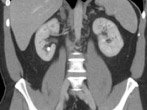
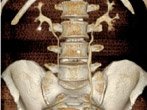
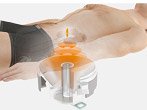
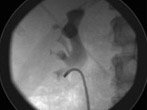
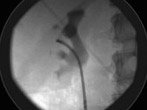
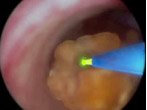

 Click here to get help
Click here to get help